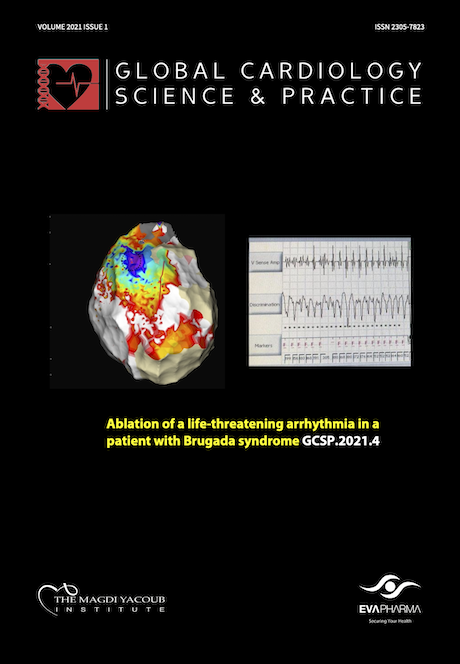Could heart rate recovery and exercise capacity predict abnormal 99mTc-MIBI myocardial perfusion scan findings?
DOI:
https://doi.org/10.21542/gcsp.2021.7Abstract
Background and aim: Ischemic heart diseases lead to numerous deaths worldwide. Prevention, rapid diagnosis and treatment are principal strategies in controlling mortality due to coronary artery diseases (CAD). Considering variety of options, finding suitable diagnostic modality for each patient has been controversial for long times. Exercise treadmill test (ETT) is a well-known and old modality compared to radionuclide scintigraphy. In this study we aimed to assess if heart rate recovery (HRR) and exercise capacity (EC) in ETT can predict perfusion defects in 99mTc-MIBI SPECT myocardial perfusion imaging (MPI).
Materials and methods: In this cross-sectional, descriptive-analytic study, we enrolled 254 patients referred for MPI to nuclear medicine department of Afshar or Shahid Sadoughi Hospital, Yazd, Iran. All patients underwent ETT and MPI. HRR and EC in ETT plus abnormal perfusion findings in MPI along with patient’s history and demographic information were recorded in a questionnaire. Finally, all data were analyzed using SPSS ver.22 software.
Results: Based on our results, 161 (63.4%) of patients were men. Half of patients were diagnosed with hypertension. 45% were diagnosed with diabetes, 41% had hyperlipidemia and 8.3% were smokers. Based on our findings, 18.1% of patients had abnormal MPI results. Our analytic results indicated that there is no statistically significant association between transient RV visualization, transient ischemic dilation or lung to heart ratio with 1st and 2nd minute HRR and EC.
Conclusion: Considering lack of association between ETT indices and MPI findings, it seems that ETT is not adequately sensitive in predicting perfusion defects in MPI. Thus, it seems logical in some cases to ignore expenses of MPI and suggest it to patients before ETT based on clinical judgement.
Downloads
Published
Issue
Section
License
This is an open access article distributed under the terms of the Creative Commons Attribution license CC BY 4.0, which permits unrestricted use, distribution and reproduction in any medium, provided the original work is properly cited.


